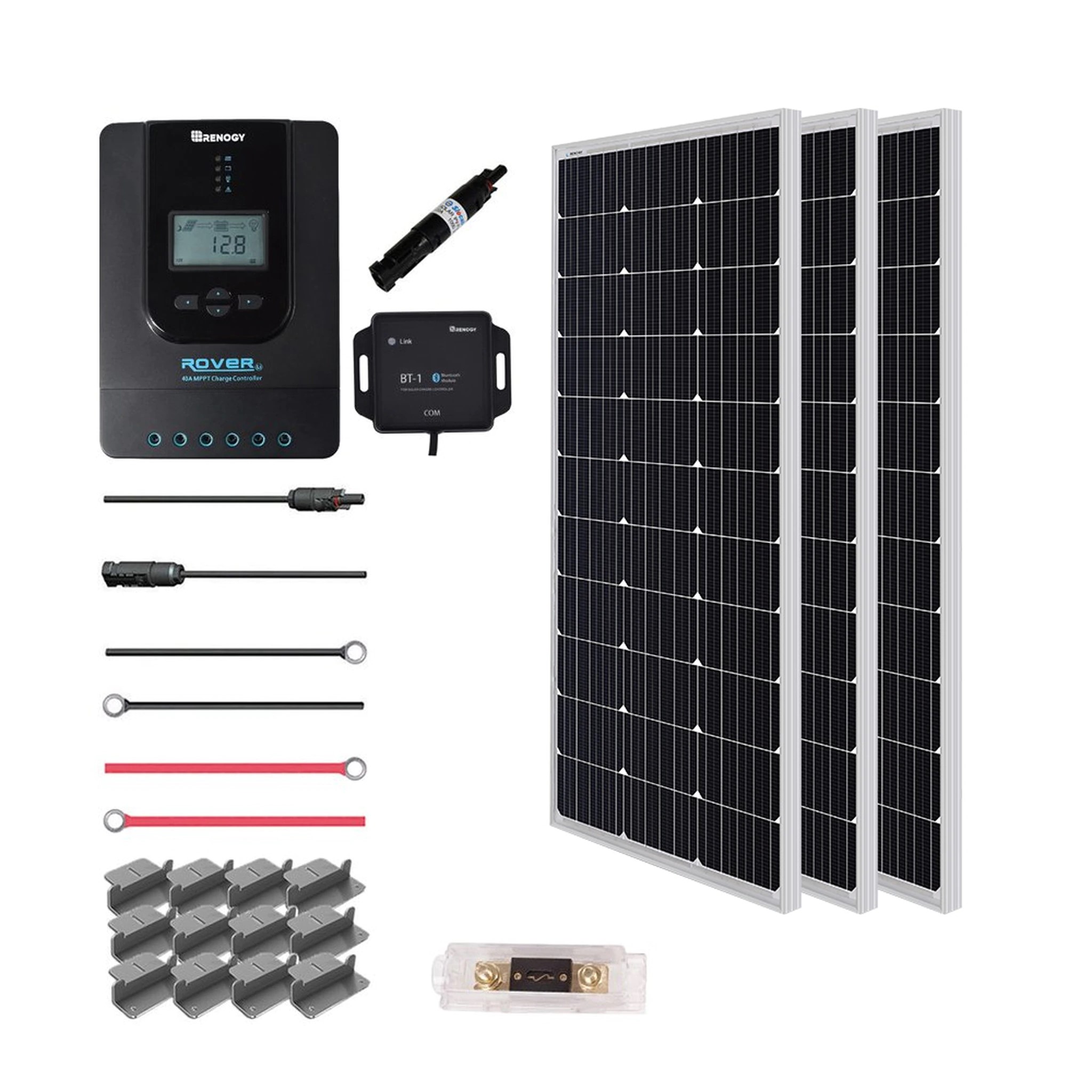An off-grid solar system is a self-sufficient, standalone solar power system that is not connected to the electricity grid. Off-grid systems are designed to provide electricity for homes, businesses, and other structures that are located in areas where the electricity grid is either unavailable or unreliable. They are an increasingly popular option for those who want to reduce their reliance on the grid and live a more sustainable and self-sufficient lifestyle.
There are several benefits to using an off-grid solar system. First and foremost, it allows you to generate your own electricity and become less reliant on the grid. This can be especially important if you live in an area with unreliable or expensive electricity, or if you simply want to take control of your own energy production.
Off grid solar systems are also environmentally friendly. Solar power is a clean, renewable energy source that does not produce any greenhouse gases or other harmful emissions. By using an off-grid solar system, you can reduce your carbon footprint and do your part to protect the planet.

Another benefit of off-grid solar systems is that they are relatively easy to install and maintain. While they do require some initial investment, they do not require any ongoing fees or charges beyond the cost of replacement batteries or other components. This can make them a more affordable and convenient option for those who want to generate their own electricity.
So, what does it take to set up an off-grid solar system? There are a few key components that are necessary for any off-grid system:
Solar panels: These are the most visible and well-known components of any solar panels system. Solar panels are made up of photovoltaic (PV) cells that convert sunlight into electricity. The size and number of panels that you need will depend on your electricity needs and the amount of available space you have for them.
Battery bank: Off-grid solar systems require a battery bank to store the electricity that is generated by the portable solar panels for camping. The size of the battery bank will depend on your electricity needs and the amount of sunlight that is available in your area.

Charge controller: A charge controller is an electronic device that is used to regulate the flow of electricity from the solar panels to the battery bank. It ensures that the batteries are charged efficiently and prevents them from being overcharged or damaged.
Inverter: An inverter is a device that converts the direct current (DC) electricity that is produced by the solar panels and stored in the battery bank into alternating current (AC) electricity, which is what most household appliances and devices use.
Generator: While not necessary for all off-grid solar systems, a generator can be a useful backup option to have in case of extended periods of cloudy weather or other situations where there is not enough sunlight to generate sufficient electricity.
In addition to these core components, there are a few other things that you will need to consider when setting up an off-grid solar system:
Location: The location of your solar panels is an important factor to consider, as they will need to be placed in an area that receives plenty of sunlight. A south-facing roof or wall is typically the best location for solar panels, as it will allow them to capture the most sunlight throughout the day.
Size: The size of your off-grid solar system will depend on your electricity needs and the amount of available space you have for solar panels. It is important to accurately assess your electricity usage in order to determine the appropriate size for your system.
Cost: The cost of an off-grid solar system will vary depending on the size and complexity of the system, as well as the location and availability

No comments yet